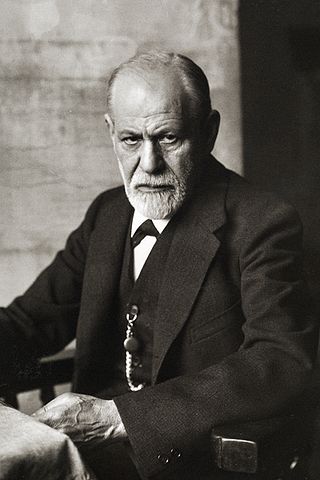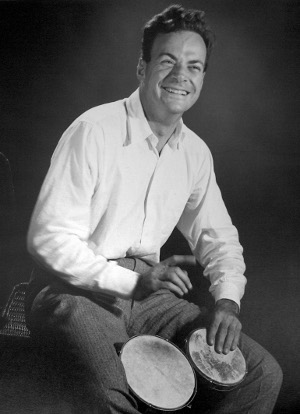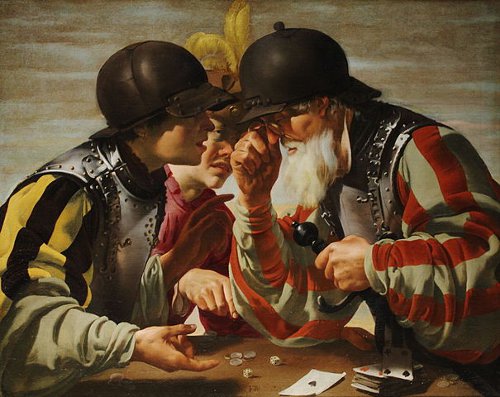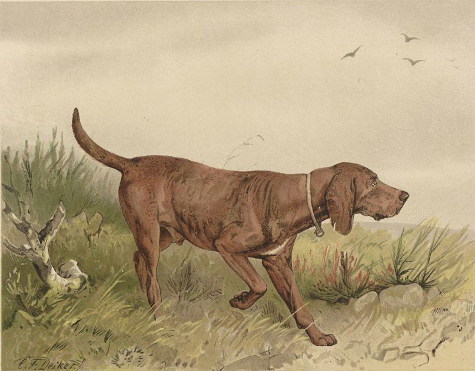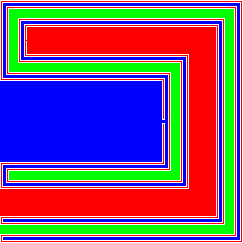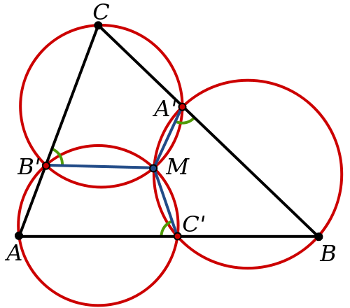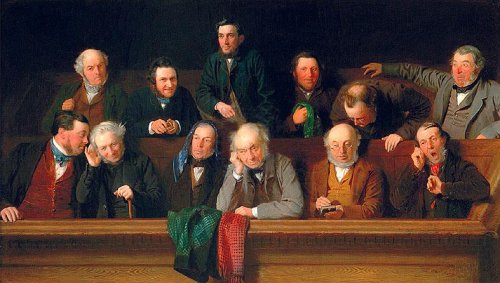A drunk man arrives at his doorstep and tries to unlock his door. There are 10 keys on his key ring, one of which will fit the lock. Being drunk, he doesn’t approach the problem systematically; if a given key fails to work, he returns it to the ring and then draws again from all 10 possibilities. He tries this over and over until he gets the door open. Which try is most likely to open the door?
Surprisingly, the first try is most likely. The probability of choosing the right key on the first try is 1/10. Succeeding in exactly two trials requires being wrong on the first trial and right on the second, which is less likely: 9/10 × 1/10. And succeeding in exactly three trials is even less likely, for the same reason. The probability diminishes with each trial.
“In other words, it is most likely that he will get the right key at the very first attempt, even if he is drunk,” writes Mark Chang in Paradoxology of Scientific Inference. “What a surprise!”

